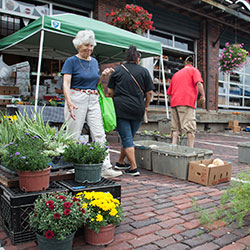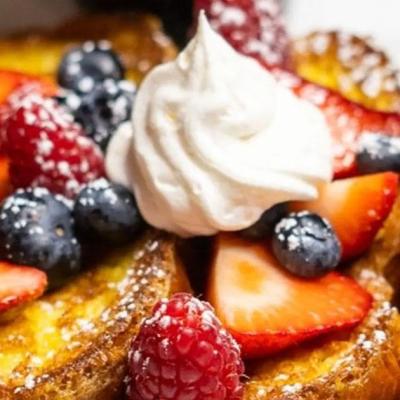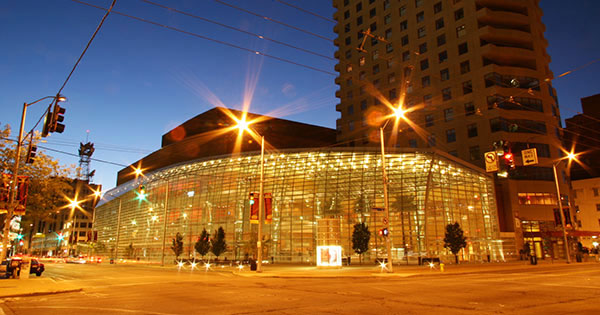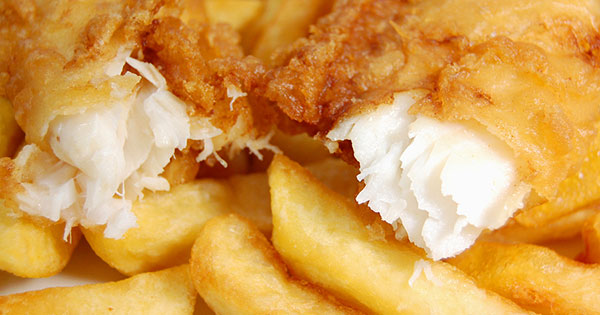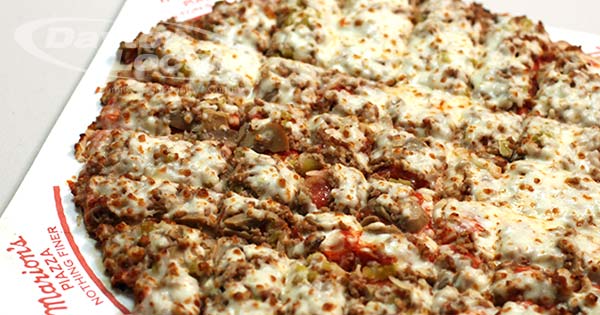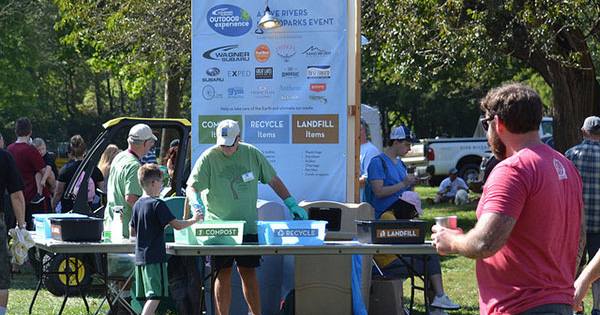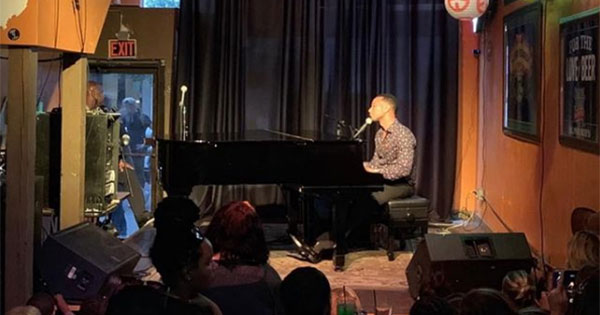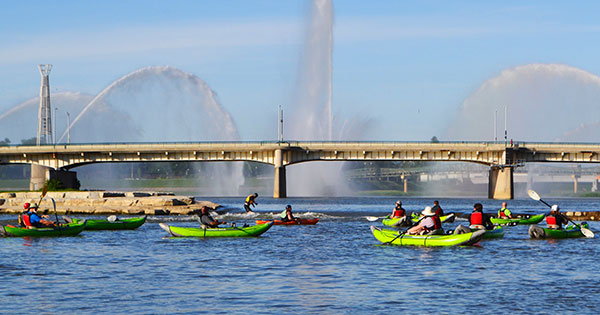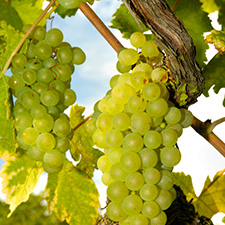
Sauvignon Blanc is heaven with shellfish, especially raw oysters...also a great choice for southeast Asian seafood dishes, especially crab and shrimp with a Vietnamese flair...as well as a classic pairing for Brie, Camembert, St. Andre, and similar creamy, soft cheeses.
A Lesson in Sauvignon Blanc
Sauvignon Blanc is one of the 4 or 5 most significant white grapes in the world, both in terms of quality and renown, and for commercial importance as well. This month we'll trace the history of this variety from the river valleys of Renaissance France to the lush slopes of New Zealand.
The Sauvignon Blanc vine is vigorous and relatively hardy, and because its grapes are so versatile it has found its way to most of the wine-making regions of the world. It's produced both varietally and in blends, and it has an important role in dessert wines as well. We don't know when the breed originated, but it's been recorded in France for approximately 300 years. And in the last few decades, DNA fingerprinting has proved that Sauvignon Blanc is actually one of the parents of Cabernet Sauvignon.
Traditionally, Sauvignon Blanc was produced in one of two styles. Fresh, aromatic, and fruity wines came from Bordeaux and the central Loire, in regions like Sancerre and Reuilly. This style has taste notes that range from gooseberry, to citrus, to basil and grassy notes. The smoky and minerally bottlings were found in the more gravelly sub-regions of Bordeaux as well as in Pouilly-Fumé. That smoky style was so popular in post-WWII America that the “Fumé Blanc” designation was invented by California winemakers to signify a Sauvignon Blanc with flinty and smoky notes.
But it's the 'new' style of Sauvignon Blanc, pioneered in the 1980s in New Zealand, that has brought Sauvignon Blanc roaring back into popularity. The Kiwis combined several techniques to develop their signature style, which is loaded with grapefruit and other citrus notes. They used canopy management – cutting back the lush stems and leaves during the summer, to allow more sunlight on the grapes. They also pioneered temperature-controlled and atmosphere-controlled fermentation; they use sealed vats with circulating water jackets to keep the fruit away from oxygen, and to control the flavor compounds generated as by-products by the yeast.
Sauvignon Blanc should be served at 42-48 F – warmer than Pinot Grigio, not quite as warm as Chardonnay. In the glass, a young Sauvignon Blanc will often exhibit a tiny tinge of green color – this is a good thing! The aroma is often quite piercing, with the grassy notes, gooseberry, and sulfurous/minerally compounds most noticeable. On the palate, Sauvignon Blanc should have high acidity, making it a thirst-quenching wine. It should also exhibit a big burst of flavor in the midpalate, and should fade out gently after you swallow. If you run across a bottle that has an unpleasant acrid finish, that's a sign that the winemakers were too aggressive with their press.
Food Pairing: Sauvignon Blanc is heaven with shellfish, especially raw oysters. I think it also is a great choice for southeast Asian seafood dishes, especially crab and shrimp with a Vietnamese flair. Spicy chicken, summer vegetables, and simple broiled fish work well with the grape also. Lastly, Sauvignon Blanc is a classic pairing for Brie, Camembert, St. Andre, and similar creamy, soft cheeses.
Recommendations: (Costs are approximate)
Drylands – Marlborough, New Zealand - $18
Chasing Venus – Marlborough, New Zealand - $16
Tora Bay – Martinborough, New Zealand - $16. Great with Vietnamese cuisine!
Les Champs Clos – Sancerre, France - $15
Le Clos Delorme – Valencay, France - $22. Outstanding quality.
Longboard – Russian River Valley, California - $25
Sean Minor – Sonoma County, California - $18


